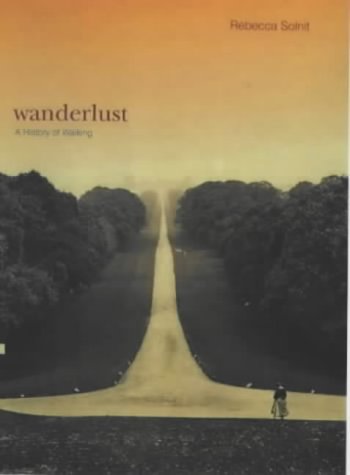 Ten Nonfiction Books That I’ve Recently Added To My To-Be-Read List, Hosted by Broke and Bookish
Ten Nonfiction Books That I’ve Recently Added To My To-Be-Read List, Hosted by Broke and Bookish
noun | non·fic·tion | \ˌnän-ˈfik-shən\
writing or cinema that is about facts and real events
All covers link to Goodreads
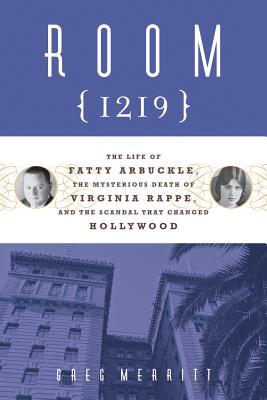 Room 1219: The Life of Fatty Arbuckle, the Mysterious Death of Virginia Rappe, and the Scandal That Changed Hollywood
Room 1219: The Life of Fatty Arbuckle, the Mysterious Death of Virginia Rappe, and the Scandal That Changed Hollywood
by Greg Merritt
In 1921, one of the biggest movie stars in the world was accused of killing a woman. What followed was an unprecedented avalanche of press coverage, the original “trial of the century,” and a wave of censorship that altered the course of Hollywood filmmaking.
It began on Labor Day, when comic actor Roscoe “Fatty” Arbuckle, then at the pinnacle of his fame and fortune, hosted a party in San Francisco’s best hotel. As the party raged, he was alone in room 1219 with Virginia Rappe, a minor actress. Four days later, she died, and he was charged with her murder.
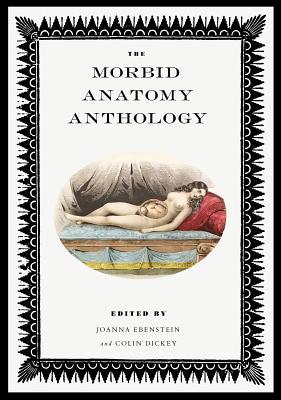 The Morbid Anatomy Anthology
The Morbid Anatomy Anthology
by Joanna Ebenstein (Editor), Colin Dickey (Editor)
Since 2008, the Morbid Anatomy Library of Brooklyn, New York, has hosted some of the best scholars, artists and writers working along the intersections of the history of anatomy and medicine, death and the macabre, religion and spectacle. “The Morbid Anatomy Anthology” collects some of the best of this work in 28 lavishly illustrated essays. Included are essays by Evan Michelson (star of Science Channel’s hit show “Oddities”) on the catacombs of Palermo; Simon Chaplin (head of the Wellcome Library in London) on public displays of corpses in Georgian England; mortician Caitlin Doughty on demonic children; and Paul Koudounaris (author of “Empire of Death”) on a truck stop populated with human skulls.
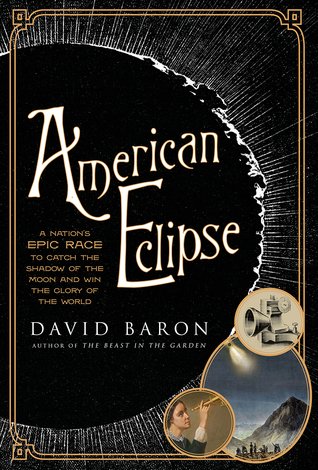 American Eclipse: A Nation’s Epic Race to Catch the Shadow of the Moon and Win the Glory of the World
American Eclipse: A Nation’s Epic Race to Catch the Shadow of the Moon and Win the Glory of the World
by David Baron
In the scorching summer of 1878, with the Gilded Age in its infancy, three tenacious and brilliant scientists raced to Wyoming and Colorado to observe a rare total solar eclipse. One sought to discover a new planet. Another—an adventuresome female astronomer—fought to prove that science was not anathema to femininity. And a young, megalomaniacal inventor, with the tabloid press fast on his heels, sought to test his scientific bona fides and light the world through his revelations. David Baron brings to three-dimensional life these three competitors—James Craig Watson, Maria Mitchell, and Thomas Edison—and thrillingly re-creates the fierce jockeying of nineteenth-century American astronomy.
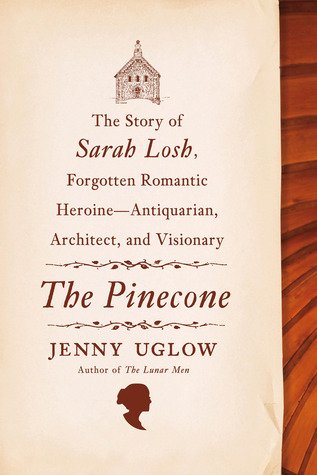 The Pinecone: The Story of Sarah Losh, Forgotten Romantic Heroine — Antiquarian, Architect, and Visionary
The Pinecone: The Story of Sarah Losh, Forgotten Romantic Heroine — Antiquarian, Architect, and Visionary
by Jenny Uglow
In the village of Wreay, near Carlisle, stands the strangest and most magical Victorian church in England. This vivid, original book tells the story of its builder, Sarah Losh, strong-willed, passionate, and unusual in every way.
Sarah Losh is a lost Romantic genius—an antiquarian, an architect, and a visionary. Born into an old Cumbrian family, heiress to an industrial fortune, Losh combined a zest for progress with a love of the past. In the church, her masterpiece, she let her imagination flower—there are carvings of ammonites, scarabs, and poppies; an arrow pierces the wall as if shot from a bow; a tortoise-gargoyle launches itself into the air. And everywhere there are pinecones in stone.
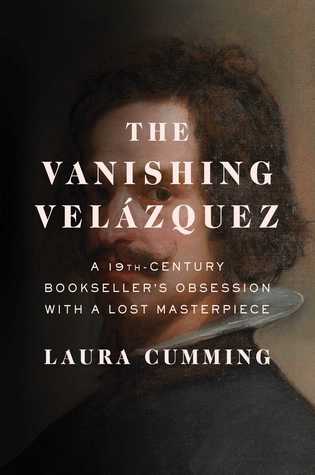 The Vanishing Velázquez: A 19th Century Bookseller’s Obsession with a Lost Masterpiece
The Vanishing Velázquez: A 19th Century Bookseller’s Obsession with a Lost Masterpiece
by Laura Cumming
From one of the world’s most expert art critics, the incredible true story—part art history and part mystery—of a Velázquez portrait that went missing and the obsessed nineteenth-century bookseller determined to prove he had found it.
When John Snare, a nineteenth-century provincial bookseller, traveled to a liquidation auction, he stumbled on a vivid portrait of King Charles I that defied any explanation. The Charles of the painting was young—too young to be king—and yet also too young to be painted by the Flemish painter to which the work was attributed. Snare had found something incredible—but what?
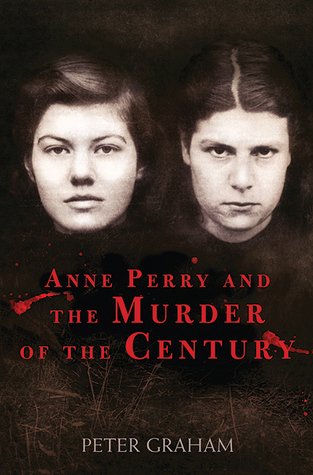 Anne Perry and the Murder of the Century
Anne Perry and the Murder of the Century
by Peter Graham
On June 22, 1954, teenage friends Juliet Hulme, better known as bestselling mystery writer Anne Perry, and Pauline Parker went for a walk in a New Zealand park with Pauline’s mother, Honora. Half an hour later, the girls returned alone, claiming that Pauline’s mother had had an accident.
But when Honora Parker was found in a pool of blood with the brick used to bludgeon her to death close at hand, Juliet and Pauline were quickly arrested and later confessed to the killing. Their motive? A plan to escape to the United States to become writers and Honora’s determination to keep them apart.
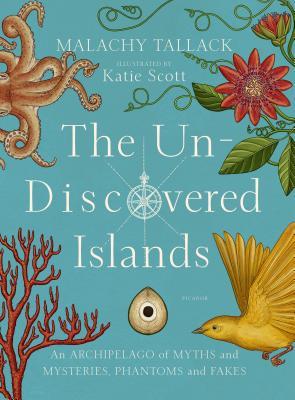 The Un-Discovered Islands: An Archipelago of Myths and Mysteries, Phantoms and Fakes
The Un-Discovered Islands: An Archipelago of Myths and Mysteries, Phantoms and Fakes
by Malachy Tallack, Katie Scott (Illustrations)
The Un-Discovered Islands takes the reader on fascinating adventures to the mysterious and forgotten corners of the map.
Be prepared to be captivated by the astounding tales of two dozen islands once believed to be real but no longer on the map. These are the products of the imagination, deception, and human error: an archipelago of ex-islands and forgotten lands. From the well-known story of Atlantis and the mysteries of frozen Thule to more obscure tales from around the globe, and from ancient history right up to the present day, this is an atlas of legend and wonder, with glorious illustrations by Katie Scott.
Wanderlust: A History of Walking
by Rebecca Solnit
This volume provides a history of walking, exploring the relationship between thinking and walking and between walking and culture. The author argues for the preservation of the time and space in which to walk in an ever more car-dependent and accelerated world.
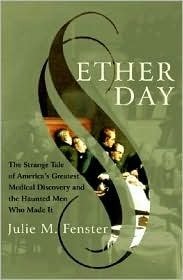 Ether Day: The Strange Tale of America’s Greatest Medical Discovery and The Haunted Men Who Made It
Ether Day: The Strange Tale of America’s Greatest Medical Discovery and The Haunted Men Who Made It
by Julie M. Fenster
Ether Day is the unpredictable story of America’s first major scientific discovery — the use of anesthesia — told in an absorbing narrative that traces the dawn of modern surgery through the lives of three extraordinary men. Ironically, the “discovery” was really no discovery at all: Ether and nitrous oxide had been known for more than forty years to cause insensitivity to pain, yet, with names like “laughing gas,” they were used almost solely for entertainment. Meanwhile, patients still underwent operations during which they saw, heard, and felt every cut the surgeon made. The image of a grim and grisly operating room, like the one in Mary Shelley’s Frankenstein, was in fact starkly accurate in portraying the conditions of surgery before anesthesia.
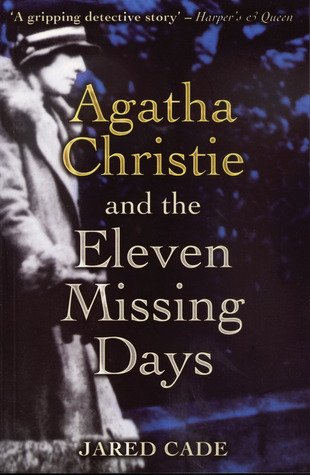 Agatha Christie and the Eleven Missing Days
Agatha Christie and the Eleven Missing Days
by Jared Cade
In December 1926 Agatha Christie became front-page news when she vanished in bizarre circumstances from her home in Berkshire, England. The crime writer was found 11 days later in a hotel in Harrogate, Yorkshire, claiming to be the victim of amnesia. Up till now none of her biographers has come up with conclusive evidence as to what Agatha Christie did in the first 24 hours after she disappeared or whether her memory loss was genuine. Although the notoriety made Agatha Christie famous, she never recovered from the intense press scrutiny, and the private anguish that surrounded the episode ensured that she made no reference to it in her memoirs.
Which will you be adding to your list?

